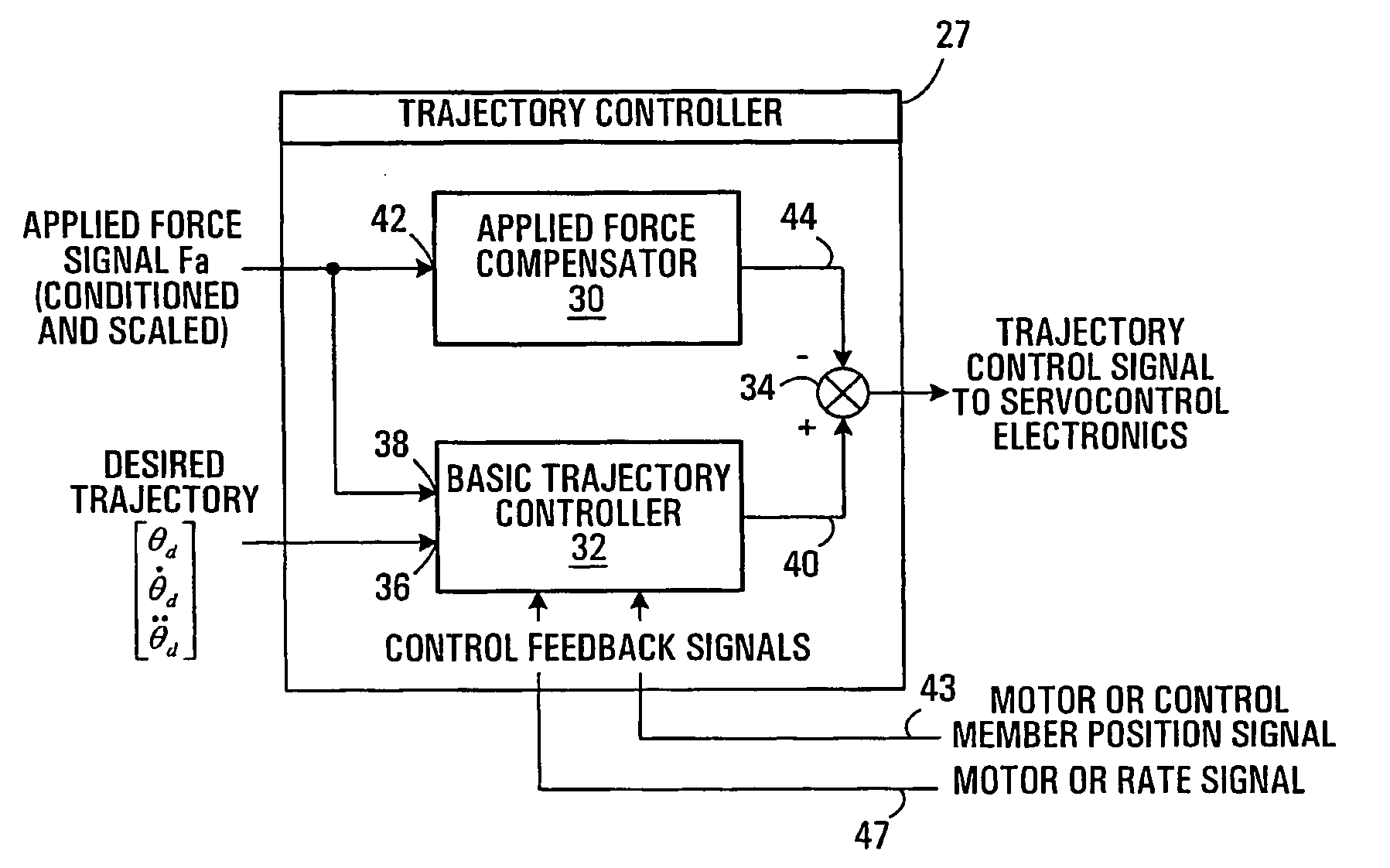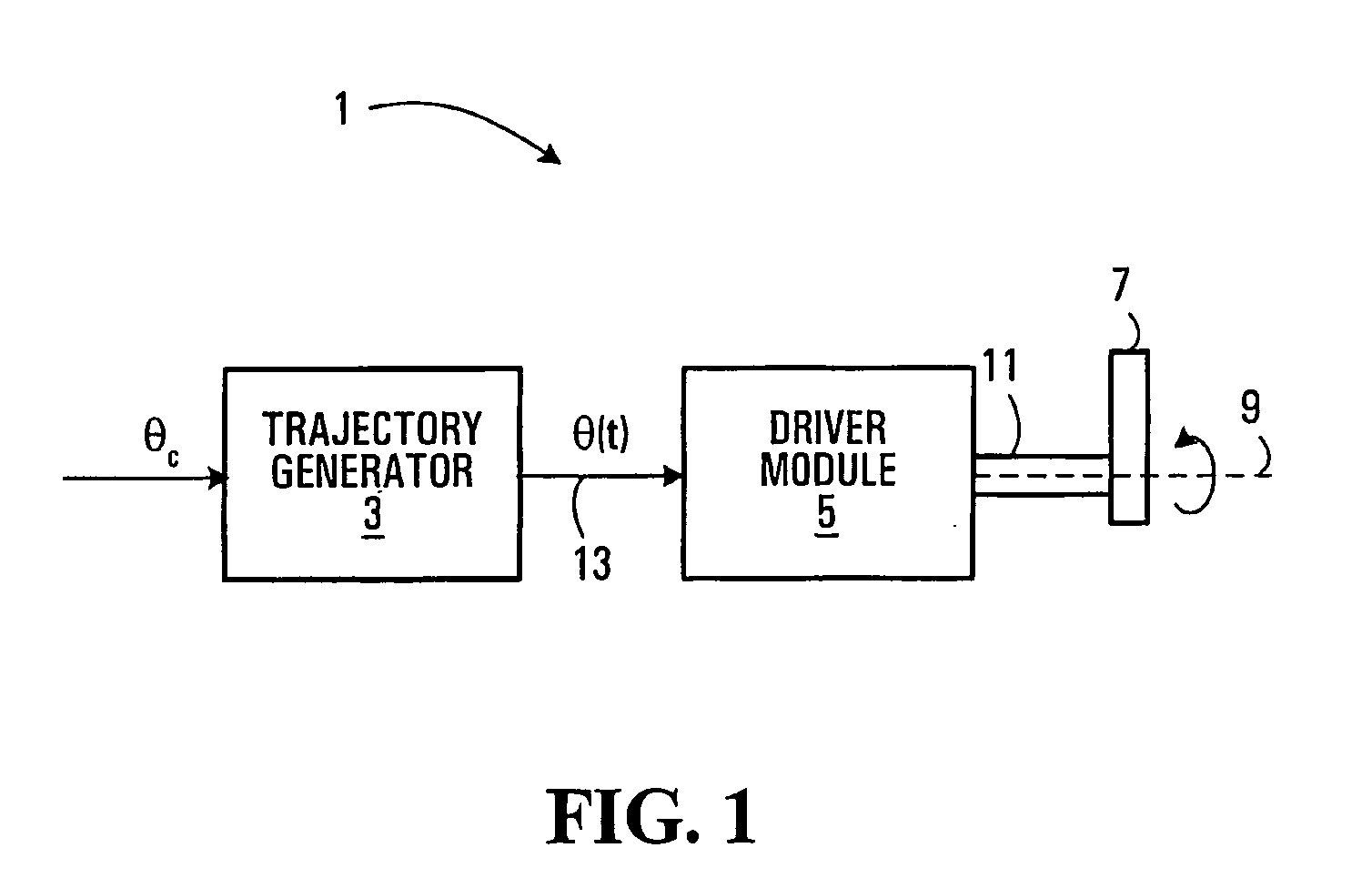Apparatus and method for controlling a force-activated controller
a technology of force-activated controller and apparatus, which is applied in the field of apparatus and method for controlling a force-activated controller, aircraft control system, can solve the problems of unobstructed view, heavy and more expensive installation, and the pilot being prevented from using any inherent aircraft maneuverability, etc., and achieves accurate follow-up
- Summary
- Abstract
- Description
- Claims
- Application Information
AI Technical Summary
Benefits of technology
Problems solved by technology
Method used
Image
Examples
Embodiment Construction
[0104] In the following, the term stick will be used synonymously to (active) hand controller. Moreover, it is assumed to apply equally to sidestick and centerstick type of hand controllers as well as other controllers for example operated by other parts of the body e.g. a foot or feet. Although embodiments of the invention are described for an application to aircraft, it is applicable to any system requiring similar control functionality; for example, this includes rotorcraft, various types of ground vehicles including specialized machinery (e.g. construction, mining, forestry industries), water surface vehicles, underwater vehicles, spacecraft, and robotic manipulators. The embodiments described herewith apply to individual degrees-of-freedom of control of hand controllers. Therefore, although reference will be made to hand controllers providing two mutually perpendicular degrees-of-freedom of control, namely pitch and roll axes for an aircraft, aspects the invention can be applie...
PUM
 Login to View More
Login to View More Abstract
Description
Claims
Application Information
 Login to View More
Login to View More - R&D
- Intellectual Property
- Life Sciences
- Materials
- Tech Scout
- Unparalleled Data Quality
- Higher Quality Content
- 60% Fewer Hallucinations
Browse by: Latest US Patents, China's latest patents, Technical Efficacy Thesaurus, Application Domain, Technology Topic, Popular Technical Reports.
© 2025 PatSnap. All rights reserved.Legal|Privacy policy|Modern Slavery Act Transparency Statement|Sitemap|About US| Contact US: help@patsnap.com



